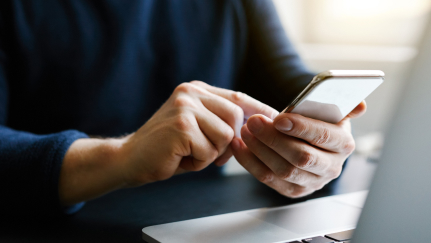Cyber insights
Use our resources to get informed about digital safety and learn best practices for cybersecurity.
Cyberattacks are on the rise, but we can help you be prepared. Look to use for the latest insights, best practices and education around cybersecurity to help you reduce potential damage and provide peace of mind.



